Announcer:
The following program is a PBS Wisconsin original production.
Robin Vos:
So today we are excited to announce that in addition to what we said with the original bill, which was the largest investment in local government in state history, we are actually even going to be bigger with the bill we announced today.
Frederica Freyberg:
The Assembly Republicans put forward their latest and possibly last iteration of a shared revenue proposal but the Senate says not so fast. Meanwhile funds for county, cities and villages are running dry.
I’m Frederica Freyberg. Tonight on “Here & Now,” the latest on plans to fund local governments, including how one city is making tough choices without increased funding. Revenue Secretary Peter Barca weighs in how the federal debt dilemma is impacting Wisconsin. Deadly reckless driving continues to wreak havoc in Milwaukee and a report on how predictive modeling assesses graduation rates for Wisconsin students. It’s “Here & Now” for May 19.
Announcer:
Funding for “Here & Now” is provided by the Focus Fund for Journalism and Friends of PBS Wisconsin.
Frederica Freyberg:
At the Capitol this week, Assembly Republicans release their changes to the shared revenue bill to increase funding to Wisconsin communities. Within their proposal local governments across the state will now see additional increases, except for Milwaukee, which is to remain capped at 10%. What hasn’t changed is the provision allowing Milwaukee to impose a sales tax but this must be approved by voters through a county referendum. Governor Tony Evers had expressed optimism regarding ongoing negotiations with Republican leaders but not long after making that statement, Assembly Speaker Robin Vos said they are done negotiating.
Robin Vos:
We feel like the bill that’s coming forward is the result of those good faith negotiations. Everybody has to take their own position but we are done negotiating. We are not going to take changes. We are not going to change the bill substantially. What we have before us is the deal we are going to send to our colleagues in the state Senate.
Frederica Freyberg:
But the speaker’s colleagues in the state Senate were not happy.
Devin LeMahieu:
There are two houses in the state legislature. It’s unfortunate he is drawing the line in the sand now with his version of the bill and stopping negotiations on a bill that not everybody’s in agreement on. We are going to do our due diligence. Make sure we have a bill that at least all the stakeholders can get behind and if the Assembly at some point refuses to take up that bill, a bill that is going to make generationally changes to townships, counties, municipalities all around the state, he is going to have to answer to his caucus at that point.
Frederica Freyberg:
Again the Assembly bill bumps up the minimum increase in shared revenue for counties and small cities to 15%. “Here & Now” senior political reporter Zac Schultz takes us to the city of Brodhead in Green County. And tell us even 15% doesn’t solve all of their revenue problems.
Edward Casey Jones:
Government is just slow.
Zac Schultz:
Edward Casey Jones wanted to be the mayor of Brodhead since he first ran at age 18.
Edward Casey Jones:
My campaign was to drive around the streets of Brodhead, honking the horn. Vote for Casey.
Zac Schultz:
He lost that race and then spent most of his adult life living out of state. So when he moved back and won his race for mayor in 2022, he had a plan.
Edward Casey Jones:
I figured I could run it like my businesses. I have several businesses I run. So I figured I could run it like that. However, it’s not even close. It’s very slow.
Zac Schultz:
The first thing he ran into was a city budget that had been starved of an increase in shared revenue for a decade.
Edward Casey Jones:
There is not a lot of other things to cut anymore.
Zac Schultz:
Then the Brodhead Fire District, serving the city and several rural townships, decided to move from volunteers to full time staff. The city’s portion of the increase was more than $300,000 a year.
Edward Casey Jones:
Last year, if we wanted to have a balanced budget, we were going to have to cut about $330,000, 10% of the budget.
Zac Schultz:
Instead, Mayor Jones sent a disillusion letter to the Brodhead Fire District starting the process of breaking up the fire department. He says it wasn’t just a negotiating tactic.
Edward Casey Jones:
Anything you do where you’re cracking eggs and you’re busting — changing stuff, you have to have a backup plan. We did have a backup plan and it would have been a very viable backup plan. However, our first thing was to sit down and say, how do we fix what we have?
Zac Schultz:
The city and rural halves of the fire district were able to negotiate a deal that kept the volunteers. But it was a one-year fix while the city of Brodhead went to referendum in April to ask the voters for an extra $400,000 a year.
Edward Casey Jones:
We were going to give the people a choice. They can vote on it. If they vote no, then the next year, we have to cut social programs. Then we lost the referendum.
Man:
It’s great to be here in Wisconsin Dells today.
Zac Schultz:
Jones knew the stakes for his city when he traveled to Wisconsin Dells and waited six hours to get his two minutes to speak before the Joint Finance Committee.
Edward Casey Jones:
I am Mayor Casey Jones from city of Brodhead, the middle of everywhere. Kinda wonder why I don’t have my suit on. I retired 20 years ago and that was the last time I wore a suit and it didn’t fit.
Zac Schultz:
Jones explained without an increase in shared revenue, he would have to close to pool for the summer.
Edward Casey Jones:
It’s my hometown. We had a pool. We had parks and rec. We had all those things and it looks like my hometown is no longer going to have them. So that’s how dire it is.
Zac Schultz:
The pool costs about $80,000 a year. The most recent version of the Republican plan will give Brodhead an extra $109,000 a year.
Edward Casey Jones:
I think at the very least, we can delay some of the things for a while, down the road.
Zac Schultz:
So while the pool will stay open this summer. Jones knows this isn’t a permanent fix.
Edward Casey Jones:
But it’s a start and that’s — you gotta take little victories.
Zac Schultz:
Reporting from Brodhead, I’m Zac Schultz for “Here & How.”
Frederica Freyberg:
In Washington, fears over a national financial default have lawmakers scrambling to make a down-to-the-wire deal once again to raise the debt limit. But what exactly would a federal default or even a near default mean for Wisconsin’s economy? We turn to the Wisconsin Department of Revenue Secretary Peter Barca.
When we come so close like this to the U.S. government going into default, does reaching the edge do its own kind of damage?
Peter Barca:
It certainly does. You know, in 2011, the last time they came up to edge of default, under the Obama administration, our credit rating for the nation went from AAA to AA+ and it’s never been elevated again. So if they do this again, we very well could see another downgrade, which is catastrophic in many ways because first of all, it costs more then for the federal government to borrow. Secondly, the markets always tip which means for seniors, who are depending on their 401ks, they get extremely worried and usually they take a dip. So just even being close is bad enough. But if they default, then we are talking about significant problems. 16,400 jobs lost in Wisconsin according to Moody’s Analytics. A .55% decline in payroll. That means our withholding taxes go down. Corporate taxes go down. It would have a very deleterious effect on Wisconsin as well.
Frederica Freyberg:
Where and why are those jobs lost?
Peter Barca:
Well because what ends up happening when the markets suffer, so that’s the first stage. Then investment dollars also start to dry up. So businesses that maybe were going to expand or were dependent on having extra capital in order to meet payroll, all of a sudden have to lay people off. That is the other devastating thing is the effect is uneven. It affects senior citizens on fixed incomes who are depending on investment income. It affects young people who are usually the first ones to be laid off. It is not an even effect and those people who are middle income, lower middle income, you know, edge of society, they always get hurt the worst.
Frederica Freyberg:
Then there is the specific, very instant effect, right, of people potentially not getting social security checks?
Peter Barca:
Of course. That is not even looking at that because if in fact, they do default, then the treasure secretary has to start triaging and making very difficult decisions about whether or not you’re going to get social security checks out on time. Whether or not people who are let’s say just about to qualify for Medicaid or Medicare. Maybe they have to do something in that regard. Of course, there has been a lot stated about veterans and their benefits and how they are in jeopardy as well. It is an incredible ripple effect and the part that is so sad is it’s so unnecessary. Three times in the Trump administration, they did this. I think of it as a family. When our credit card bill is due, I don’t say, well, unless my family agrees to make changes to our family budget, I’m not going to pay. So then I have to pay interest and penalties. You pay your bills when they are due and then you make decisions as part of the budget process of what’s the appropriate level of spending or tax relief or whatever the case may be. There’s absolutely no reason why they need to do this at this juncture. It is at a very perilous time because of the feds increasing interest rates. We saw even for the Fiscal Bureau. We’ve seen a slight dip in terms of our projections of the surplus. We’re still in very strong shape but you worry about trajectory and if we’re going to stay in that type of shape.
Frederica Freyberg:
So Moody’s says it is really not likely that this is going to happen and yet Treasury Secretary Janet Yellen says, “Hold on people, June 1 is the day.” She seems to really be sounding the alarm on this.
Peter Barca:
Right.
Frederica Freyberg:
What do you think?
Peter Barca:
Knowing that, we don’t want to get up against that last day or two in case it takes longer to get the votes or in case something goes sour at the last minute. We are playing with fire here. We’re playing with people’s lives. We’re playing with the economy, and effect on so many families. I just hope to goodness they are able to do something in the next week.
Frederica Freyberg:
Speaking of McCarthy and his caucus and his members, is it worse now, this kind of up to the brink?
Peter Barca:
I think it is because you know, in the past, whether Democrat or Republican speaker or Democrat or Republican majority leader in the Senate, generally speaking, the members trusted their leaders and they were going to vote accordingly to whatever deal was reached. But when McCarthy, who agreed as part of the deal to become speaker, that any one member could bring up a vote to remove him, he’s got to be all the more careful about what deal he strikes. I am sure he must have to be on the phone continually because he has such a narrow margin on votes to begin with.
Frederica Freyberg:
Have we seen any indication yet because we are so close to that June 1 date in markets or anything like that?
Peter Barca:
Our economists are watching this very closely. We’re very nervous ourselves. We do not want to see at a time when Wisconsin has never been stronger economically, where we do have AAA bond rating for the first time in four years. We do have the lowest number of people on unemployment ever. We’ve got one of the greatest growths in manufacturing jobs. This is the last thing we want to see right now.
Frederica Freyberg:
In public safety news, last weekend in Milwaukee five people were killed including a baby when police say a driver going 80 miles an hour on a city street ran a red light. The 20-year-old behind the wheel did not have a license according to police. Reckless deadly driving in Milwaukee has had the attention of residents, police and lawmakers for years. In 2020, a record 107 people in the county died because of it. Last week Governor Tony Evers signed into law a bill that doubles the fines for reckless driving, including a maximum fine of $4,000 for causing bodily harm and up to six years in prison. Our next guest would say, it’s about time. Tracey Dent, known as a Milwaukee activist and director of The Peace for Change Alliance has been active on this frightening problem in his city and he joins us now from his vehicle in Milwaukee. Thanks very much for doing so.
Tracey Dent:
Thanks for having me.
Frederica Freyberg:
Two years ago you were quoted as saying people were tired and afraid and this problem persists. What was your reaction to the deadly crash last weekend?
Tracey Dent:
Two years ago, like I said, was tired and afraid, now we’re tired and we’re angry. That should have never happened. You know even a baby killed. It is devastating. The whole city is devastated. We’re tired and we’re angry and it is time for action. Um, yeah, that is all the emotions, you know. We’re fighting back basically.
Frederica Freyberg:
You are an Uber driver and you drive the streets of Milwaukee. What is that like?
Tracey Dent:
It’s like the Indy 500. You know, it’s like people cut you off. People running red lights. People just — I mean they’re just reckless out there. They don’t have no sense of value of life. There’ve been a couple times where, you know, I almost was in a serious accident because somebody just blew through a red light. Somebody blew through a stop sign. Somebody just all of a sudden trying to beat the traffic and turn right in front of us. It is just — it is like, you know it makes people not want to drive anymore. You know, because it is so crazy out here.
Frederica Freyberg:
Recent studies on this problem have shown that it is increasingly and disproportionately a problem in Black communities. What is that about?
Tracey Dent:
Um, that, I mean, you see a high sense of reckless driving on the north side of Milwaukee. You can say the Black community, yes. I think that on the Black community — I mean on the north side of Milwaukee, we are so relaxed when it comes to um, traffic safety, and then in the Black community, I mean like everything — we stay, in Milwaukee is so segregated. On the north side, you go the Black community. And people just, you know, they just have no value. I always say it like this. We have to be more tough on crime here in Milwaukee, specially on the north side because these same drivers would not do this in the suburban — cities. They won’t do it in Oak Creek. They won’t do it in south Milwaukee because they know they have zero tolerance there. And we need zero tolerance here in Milwaukee.
Frederica Freyberg:
What is the mindset of drivers who roar around behind the wheel blowing red lights?
Tracey Dent:
Um, they think it’s cool. They do it. Some record it and put it on social media. You know, for views, for likes, for attention. They just — you know, that’s the “in” thing. That’s pretty much what it is. It’s like they just want to, you know, just speed. It is like they have no sense of value of life and if they don’t care about their lives, why should they care about yours.
Frederica Freyberg:
How —
Tracey Dent:
That goes for — go ahead.
Frederica Freyberg:
How do you think the new law that increases fines and jail time might affect this, might change this for the better?
Tracey Dent:
Um, I support it. Some people say we don’t need the pipeline to prison. We need more resources and that’s true but they also have to own up to their actions. Right now it’s like, you know, the law is afraid to apply tougher penalties on people of color because they are tired of seeing people of color in prison, in jail. You know. We have one of the highest incarceration rates in the country so therefore they try to be more lenient when it comes to traffic violations. You know. But now it is time because we are losing people. It is time for zero tolerance. Period. So I support the double fining and jail time. You got the younger generation feels that the current — what’s going on right now with the current law is a joke and it’s a slap on the wrist for teenagers. It is like they’ll get arrested. Few hours later, they’re back out and they are out there stealing another car and driving off again. That’s why we need to have zero tolerance in the city of Milwaukee. We have to mimic the Oak Creek, the south Milwaukee, West Allis zero tolerance policy when it comes to reckless driving.
Frederica Freyberg:
All right. Tracey Dent, we need to leave it there. Thanks very much for your comment on this. Stay safe out there on the roadways.
Tracey Dent:
All right. Thank you.
Frederica Freyberg:
Turning to education, a sophisticated algorithm called the Dropout Early Warning System or DEWS used by the Wisconsin Department of Public Instruction is one of only a few like it in the country. The system tries to predict whether a student exiting middle school is likely to graduate from high school. This is according to a report from “The Markup,” a publication that looks at the use of big tech. The predictive model uses a number of data points, including test scores, disciplinary records and family income. But a unique and controversial data point used by the DEW system is race. DPI says, “DEWS uses what already has happened in the past to predict what will happen in the future, all in order to change course in the present and help ensure students identified as at-risk of not graduating on time do, in fact, graduate on time by directing resources, supports and interventions toward students that may need them.” For more, we turn to the report’s author Todd Feathers and thanks for being here.
Todd Feathers:
Thank you so much for having me.
Frederica Freyberg:
You seem to have uncovered a prediction system for high school graduation that most of us have never heard of. What is it and how does it work?
Todd Feathers:
As you described very well, it is a system built in 2012 that uses machine learning algorithms to predict whether students will graduate on time. The system generates a prediction for every student in 6th through 9th grades in the state. It also labels them either high, moderate or low risk of dropping out. This is supposed to help schools direct resources, support to the students who need it most but what we found system is the system is wrong nearly three quarters of the time that it predicts a student won’t graduate. It’s wrong more often about Black and Hispanic students not graduating than it is about white students. On top of that, at the same time our reporting is going on, some academic researchers based out of the University of California-Berkeley conducted a study, the largest of its kind on DEWS that found that the system has not achieved its primary goal of improving graduation outcomes for the students it labels as high risk.
Frederica Freyberg:
So this question, if it is wrong according to your reporting, three quarters of the time, why is that?
Todd Feathers:
So by some standards, DEWS is very accurate. It is correct 97% of the time that a student will graduate. What DPI did when they were designing the algorithm is they calibrated it to accept a greater rate of false alarms is a good way of thinking about it. Predictions that a student who does ultimately graduate won’ graduate. So they are saying, we are willing to label a lot of students likely non-graduates in order to make sure that we capture all of the ones who ultimately will drop out.
Frederica Freyberg:
Could it be an error as a result of resources and inputs being given to the students that might be predicted not to graduate?
Todd Feathers:
That is one of the things the University of California-Berkeley researchers tested for. If the system was working as intended, that resources were going to students labeled high risk, you would expect to see ten years of data for improved graduation rates for those students but the data showed there was no impact on graduation rates from being identified by this system.
Frederica Freyberg:
Turning to another data point that’s loaded into this algorithm, that is race. Something you call in your article “a racially inequitable algorithm built by the state of Wisconsin.” What did you learn about why race is used as a predictor?
Todd Feathers:
I think it’s important to remember this algorithm was built, designed back in 2012. We have come a long way since then as far as how we understand algorithms and how we understand algorithm bias and the way that data points like race factor into these predictions. I think one thing that’s happened here is this algorithm hasn’t really changed much since it was initially designed. Back at that time, even still currently, some researchers in this field of early warning systems, will say using data points like race improves the accuracy of these algorithms. Makes them better at predicting who will and won’t graduate high school. You can see why that might be the case and in Wisconsin, there are some pretty stark racial disparities of graduation rates. White students graduate at much higher rates than Black students but a growing body of research and academic arguments say a small boost in accuracy you get is not worth encoding what often times is systemic and historical biases.
Frederica Freyberg:
I want to get to something the DPI told us, you quoted a DPI spokesperson in your article who said the education system is systematically racist but she told us, “When it comes to labelling students, I agree that we should be concerned about the impact these words have on our learners. And yet the intention of the label is to provide access to the interventions these students need. I wish we didn’t need a label to open those doors but it is an attempt to provide resources to the learners who need them most and to do that, schools need to be able to identify them.” How in your reporting did the students you interviewed feel about being labeled as high-risk and furthermore, potentially being one of those where race was put into this algorithm?
Todd Feathers:
You know, the first thing is none of the students we spoke to knew this algorithm even exists or their school was potentially looking at this information and making decisions about how they treat them which I think shocked a lot of the students. As I said, it shocked me when I first heard about it. But the Black and Hispanic students we spoke to described for us they often felt like they were part of secondary school systems within their own schools. They were treated differently than white students. They feared having these behind-the-scenes labels would perpetuate kind of the subconscious or conscious biases that educators have about them. You can imagine, especially for incoming 9th graders who are coming into a new building, none of the adults know them. The first thing you see about a student is a label: high, moderate, low risk. It’s hard not to draw certain conclusions.
Frederica Freyberg:
All right. Todd Feathers, really complicated and interesting reporting. Thanks very much.
Todd Feathers:
Thank you so much again.
Frederica Freyberg:
For more on this and other issues facing Wisconsin, visit our website at PBSwisconsin.org. And then click on the news tab. Join us next week when Marisa Wojcik reports on what to expect from ticks and Lyme disease this season. That is our program for tonight. I’m Frederica Freyberg. Have a good weekend.
Announcer:
Funding for “Here & Now” is provided by the Focus Fund for Journalism and Friends of PBS Wisconsin.
Search Episodes
News Stories from PBS Wisconsin

Donate to sign up. Activate and sign in to Passport. It's that easy to help PBS Wisconsin serve your community through media that educates, inspires, and entertains.
Make your membership gift today
Only for new users: Activate Passport using your code or email address
Already a member?
Look up my account
Need some help? Go to FAQ or visit PBS Passport Help
Need help accessing PBS Wisconsin anywhere?
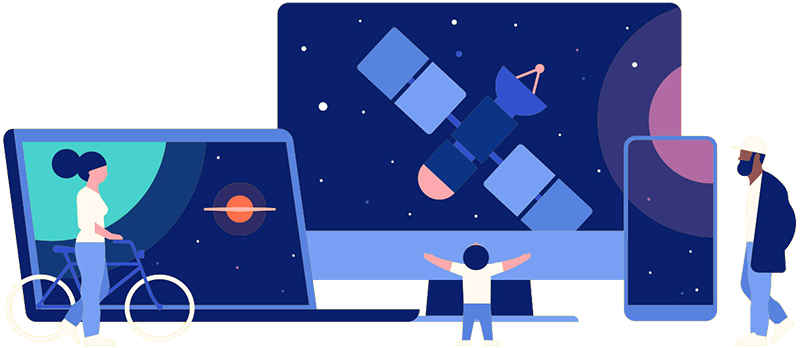
Online Access | Platform & Device Access | Cable or Satellite Access | Over-The-Air Access
Visit Access Guide
Need help accessing PBS Wisconsin anywhere?

Visit Our
Live TV Access Guide
Online AccessPlatform & Device Access
Cable or Satellite Access
Over-The-Air Access
Visit Access Guide
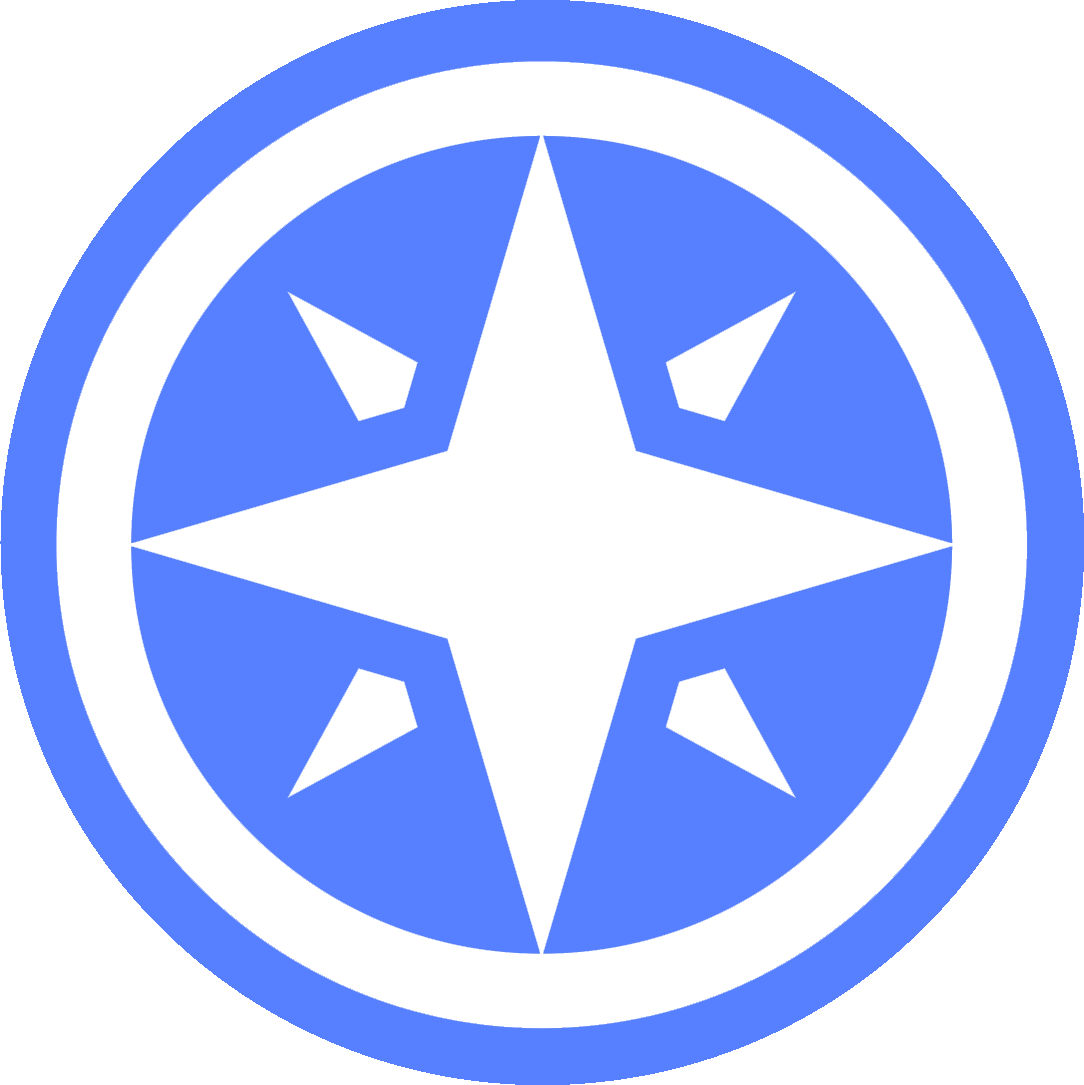 Passport
Passport

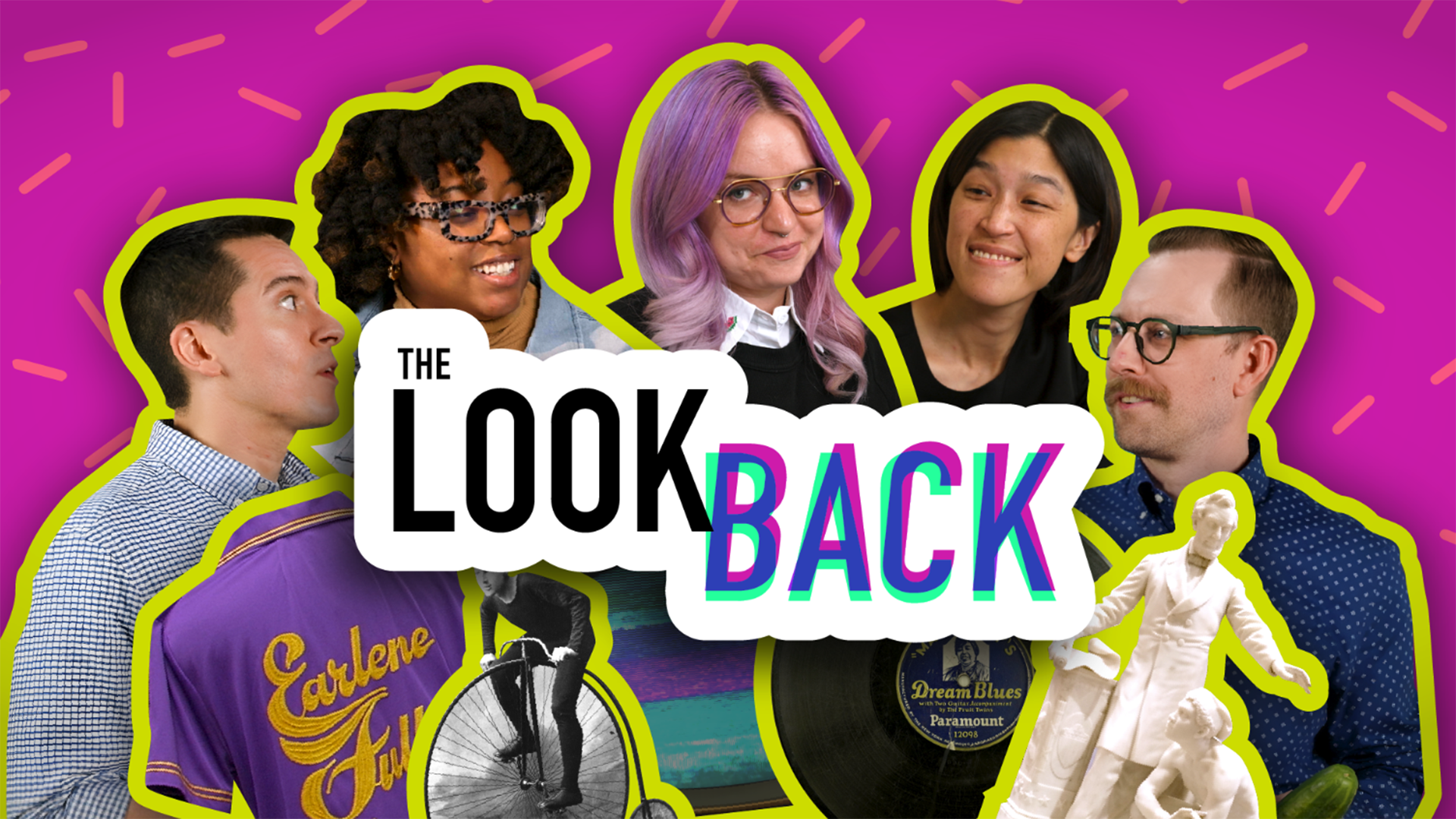





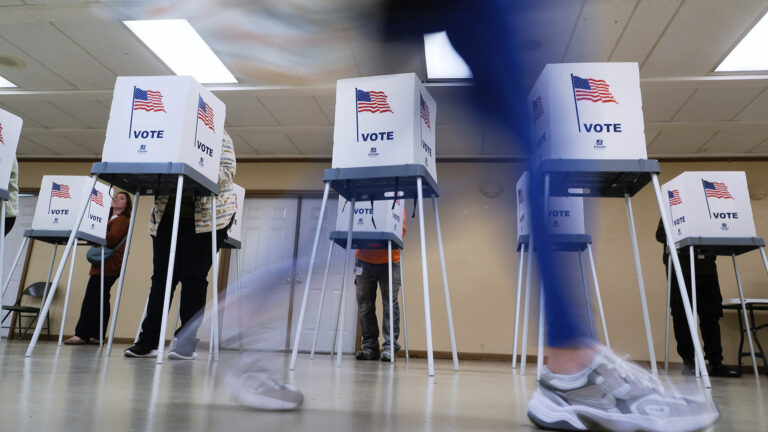

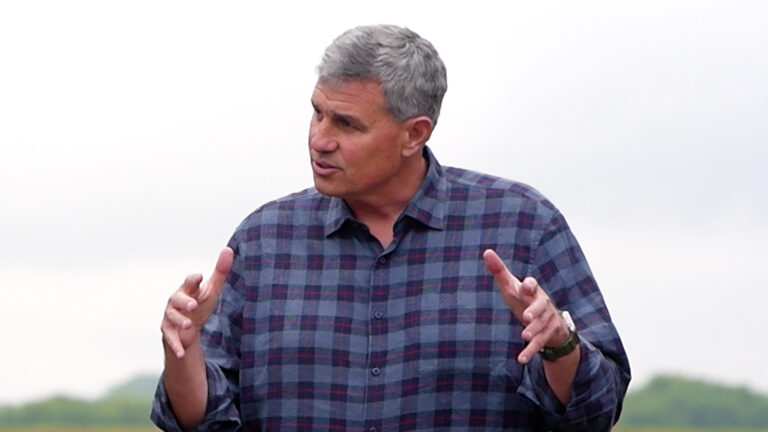
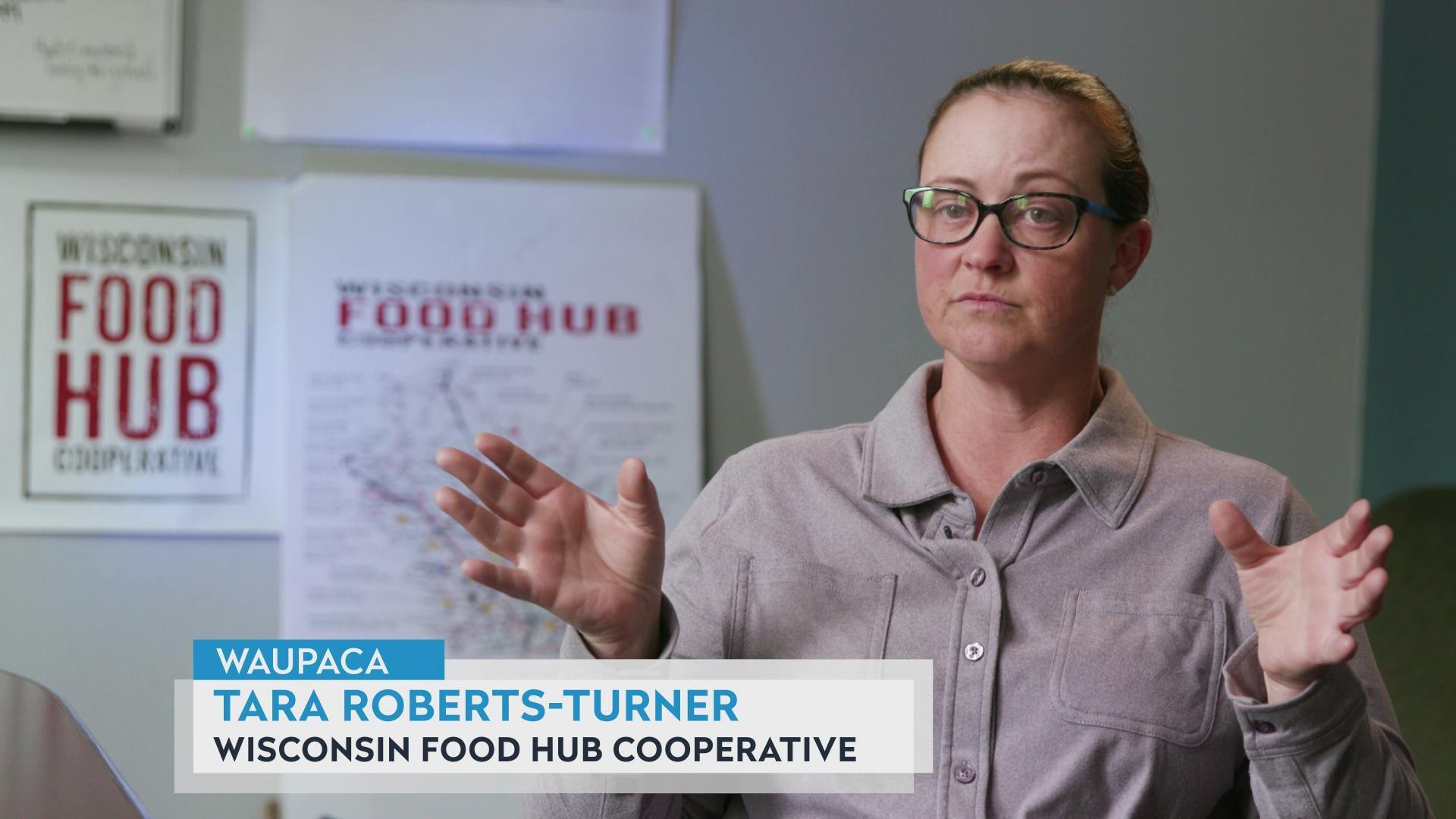
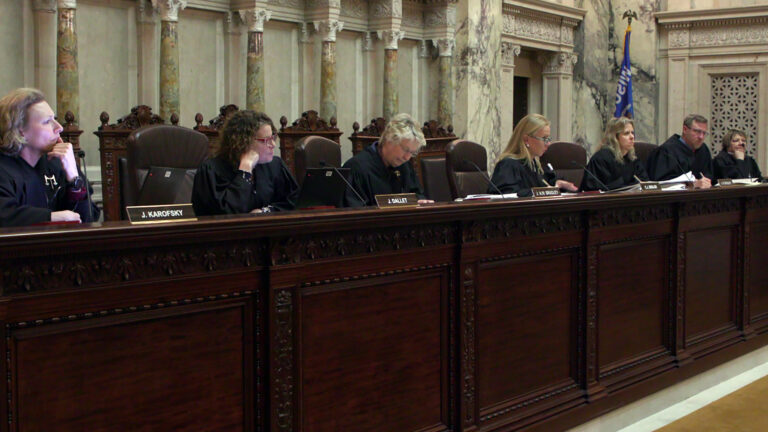
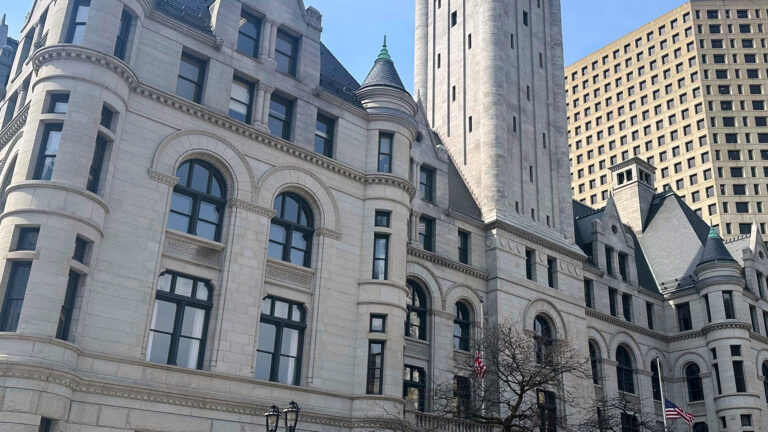
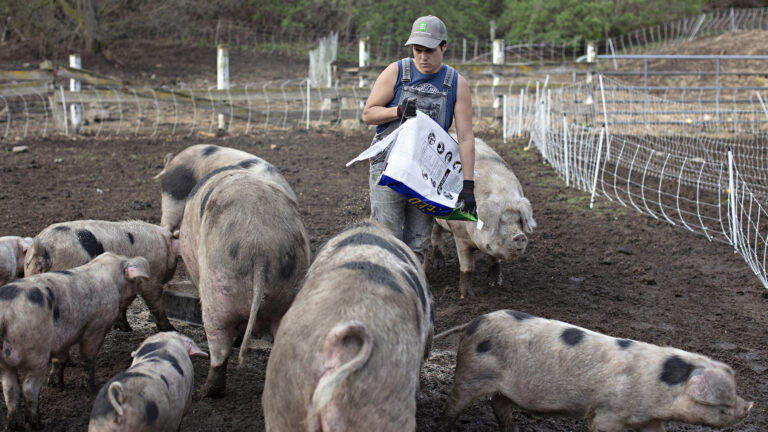

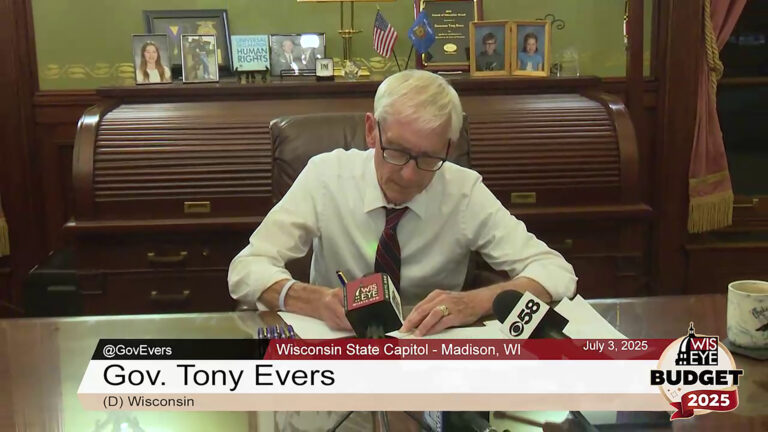


Follow Us